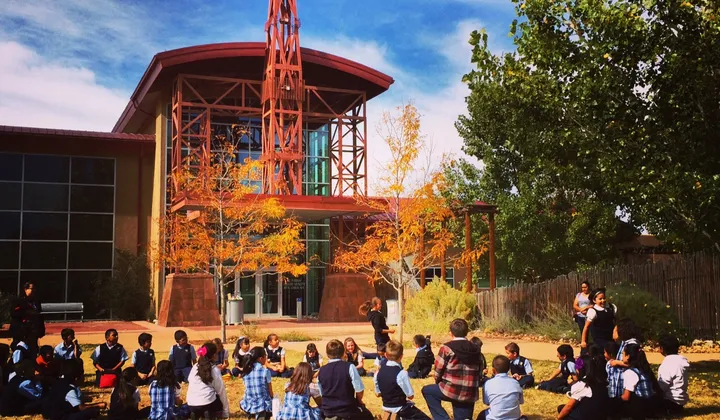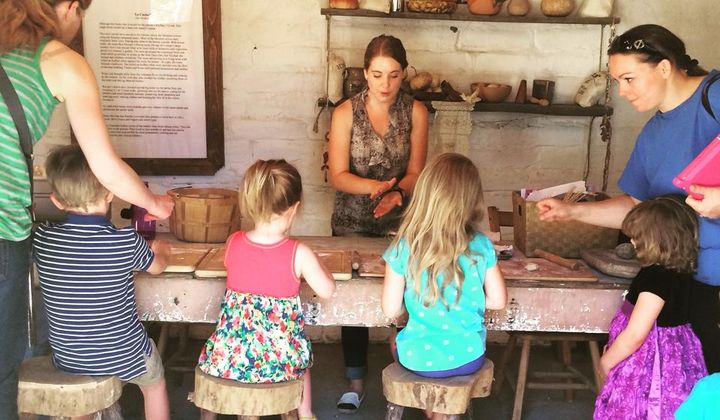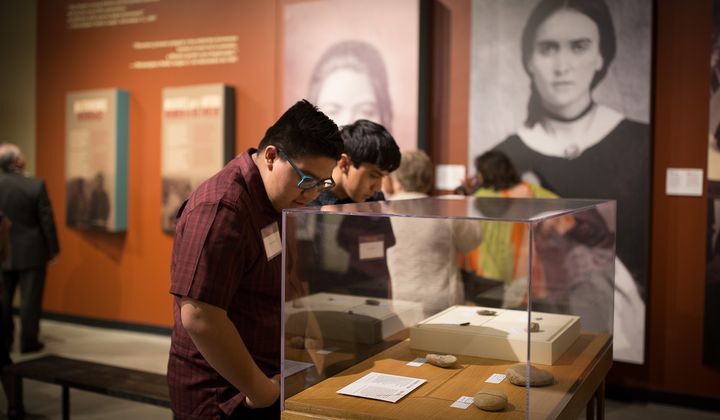El Pueblo History Museum
301 North Union Avenue, Pueblo, CO 81003 - United States
El Pueblo History Museum showcases the region’s many cultural and ethnic groups through innovative exhibits including the Borderlands of Southern Colorado and the award-winning Children of Ludlow. The property includes a re-created 1840s adobe trading post and plaza, and the archaeological excavation site of the original 1842 El Pueblo trading post.
Exhibits
Borderlands of Southern Colorado
The Arkansas River in Colorado (or Rio Nepesta) once carved the border between the United States and Mexico. El Pueblo History Museum marks the site of the original El Pueblo, established in 1842 along the border, and is well situated to tell the stories of the Borderlands of Southern Colorado. The river and the landscape of this site encompass a grand history: from a place of meeting between indigenous tribes to a physical border between nations, from the boundary between mountains and plains to everyday convergences of cultural and ethnic borders. This exhibit illuminates the site’s specific geopolitical border history, as well as the region’s historic and ongoing borders of cultures, ethnicities, landscapes, industries, religions and identities.
Steel City: 1980-2004
Steel City: 1980-2004 is an exhibit first and foremost about Pueblo, and its community. The Bessemer Steel Mill has over the last 140 years touched the lives of almost every Puebloan, and the economic hardships and labor conflicts that began in the 1980s struck their community hard. Steel City shows how Puebloans banded together to support each other through these difficult times, showing perseverance and solidarity through bankruptcy, labor disputes, and a historic seven year strike.
Participation in Museum Day is open to any tax-exempt or governmental museum or cultural venue on a voluntary basis. Smithsonian magazine encourages museum visitation, but is not responsible for and does not endorse the content of the participating museums and cultural venues, and does not subsidize museums that participate.




